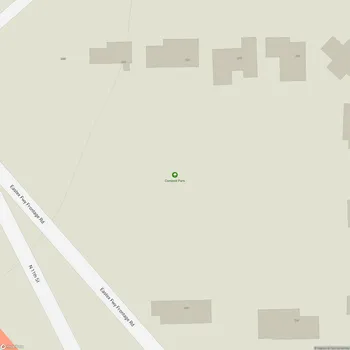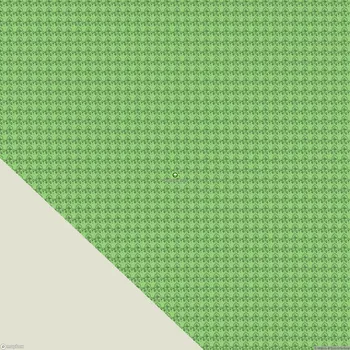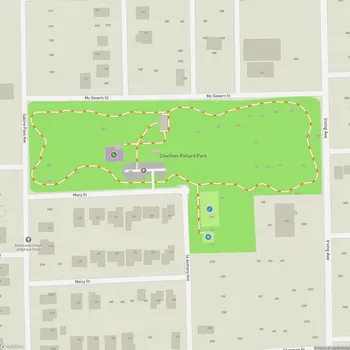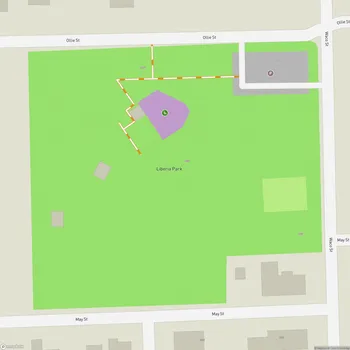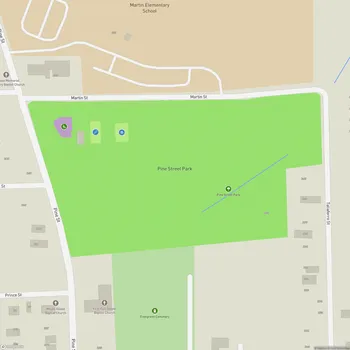Tyrrell Park
Interactive Park Map
About Tyrrell Park
Historic Roots
Back in 1924, Tyrrell Park came to life thanks to land donated by Captain W.C. Tyrrell, a big-time businessman and philanthropist who made his mark on the Beaumont area.
Between 1935 and 1941, the Civilian Conservation Corps (CCC) rolled up their sleeves and developed much of the park's infrastructure - digging drainage ditches, laying down roads, and constructing recreational buildings. If you're into history, you can check out the Nature Center housed in a beautifully restored CCC building from the 1930s.
Natural Beauty Spots
One interesting spot is the Beaumont Botanical Gardens, stretching across 23.5 acres with various themed gardens. Inside you'll find the Warren Loose Conservatory - the second largest public conservatory in Texas.
The gardens offer a wonderful escape from everyday hustle. There's something calming about strolling among beautiful flowers, pausing by the tranquil fountain, or discovering the charming fish pond tucked away at one end of the park. It's a photographer's dream and a great spot to just sit and breathe for a while.
Wildlife and Wetlands
Right next to Tyrrell Park lies the 900-acre Cattail Marsh Scenic Wetlands - a significant habitat for local wildlife.
The wetlands feature a boardwalk and viewing platforms that let you get up close with the ecosystem without disturbing any of its residents.
Bird enthusiasts, take note: over 250 species have been spotted here! If you visit during warmer months, you might see alligators lounging in their natural habitat, along with various reptiles and birds going about their day.
For a more extended nature experience, take the Cattail Marsh Walking Trail that loops around the wetlands for about 3-4 miles. It's a great way to stretch your legs while taking in some beautiful scenery.
Things to Do
Golf enthusiasts can tee off at the Henry Homberg Municipal Golf Course, an 18-hole course that was originally built by the CCC crews.
If horses are more your thing, you'll appreciate the horseback riding facilities where you can take trail rides or even lessons. The park also offers hiking trails and plenty of picnic spots to enjoy a meal outdoors.
Got kids? They'll love the playground area while teens and adults might enjoy shooting hoops at the basketball courts or trying out the newly added disc golf course. Planning a gathering? Multiple covered pavilions within the park can be reserved for events and get-togethers.
Practical Info
You'll discover clean restroom facilities at convenient locations around the grounds. And good news for dog parents - the park is dog-friendly, but you'll want to keep your furry friends leashed, especially near the marsh areas where wildlife abounds.
Despite being quite large, you won't have trouble finding a spot to rest, as picnic tables are scattered across the park. For bigger groups, there are several covered shelter areas available.
A Bit More History
Interestingly, Tyrrell Park has worn many hats throughout its history, including serving as a prisoner-of-war camp for German prisoners during World War II.
Today, it's a multifaceted recreational area where you can connect with nature, enjoy outdoor activities, and learn about local history and ecology. Though technically within city limits, the park creates an illusion of being miles away from urban life. It's a local spot that doesn't cost anything to visit.
All Features & Facilities
Active Recreation
Nature & Wildlife
Water Features & Activities
Visitor Services
Food & Gathering
Photo Gallery
ParkMagnet Score
Top Park
Park Size
Opening Hours
Weather
Top Restaurants Near Tyrrell Park
Cracker Barrel Old Country Store
0.8 miles5390 Walden Rd, Beaumont, TX 77705
Family-friendly chain serving traditional American comfort food and Southern classics in a cozy country atmosphere.
Black Bear Diner Beaumont
0.8 miles5405 Walden Rd, Beaumont, TX 77705
Comfort food chain featuring hearty American dishes and generous breakfast portions in a rustic atmosphere.
Pappadeaux Seafood Kitchen
0.9 miles4040 I-10, Beaumont, TX 77705
Upscale seafood restaurant serving Cajun-style dishes, pastas, and comfort food in a warm atmosphere.
Top Hotels Near Tyrrell Park
Econo Lodge Beaumont I-10 South
0.8 miles3995 Walden Rd, Beaumont, TX 77705
Budget-friendly motel offering clean, comfortable rooms with friendly staff and complimentary breakfast for travelers.
Candlewood Suites Beaumont by IHG
0.9 miles5355 Clearwater Ct, Beaumont, TX 77705
Extended stay hotel offering all-suite accommodations with kitchenettes, complimentary Wi-Fi, fitness center, and BBQ area.
